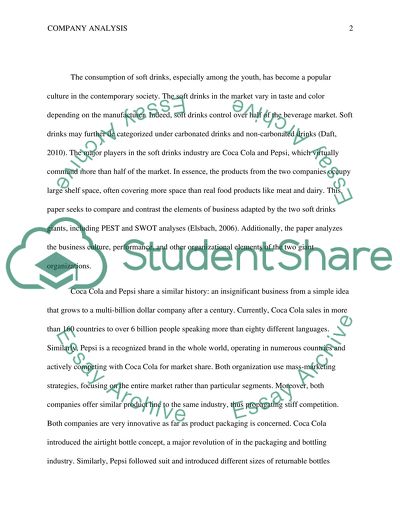Cite this document
(“SWOT Analysis of Coca Cola and Pepsi Term Paper”, n.d.)
Retrieved from https://studentshare.org/marketing/1451997-organization
Retrieved from https://studentshare.org/marketing/1451997-organization
(SWOT Analysis of Coca Cola and Pepsi Term Paper)
https://studentshare.org/marketing/1451997-organization.
https://studentshare.org/marketing/1451997-organization.
“SWOT Analysis of Coca Cola and Pepsi Term Paper”, n.d. https://studentshare.org/marketing/1451997-organization.


